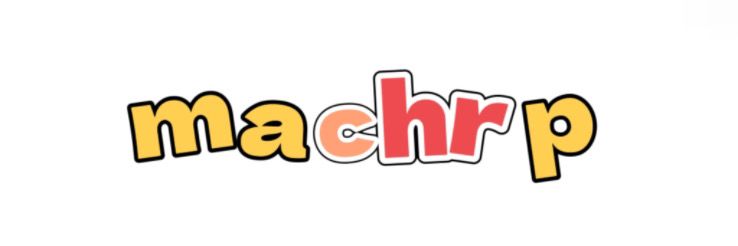The Production of a Monochrome Hardcover Book
The journey of creating a monochrome hardcover book is a fascinating blend of artistry and technical precision. As more authors and publishers explore this classic format, it is crucial to understand the nuances involved in its production. Industry experts weigh in on various aspects of the production process, offering insights that can greatly benefit aspiring creators.
Contact us to discuss your requirements of The Production of a Monochrome Hardcover Book. Our experienced sales team can help you identify the options that best suit your needs.
The Essence of Monochrome Design
According to renowned graphic designer and author Emily Carter, "Monochrome books allow for a deep exploration of visual storytelling without the distraction of color. The focus is on form, texture, and composition." This perspective highlights the aesthetic importance of black and white, urging creators to consider how each element on the page can contribute to an overall immersive experience.
The Technical Aspects of Production
Print specialist David Thompson notes, "The production of a monochrome hardcover book requires a specific approach to printing technology. Using high-quality black ink on premium paper ensures that the illustrations and text pop while remaining visually cohesive." His emphasis on quality materials underscores the fact that production meets artistry in this realm.
Binding Techniques and Durability
Binding signifies the culmination of a book's journey. Veteran bookbinder Sarah Johnson explains, "Choosing the right binding method is crucial for monochrome hardcover books. Techniques such as case binding preserve the integrity of the pages and provide a durable finish." Her comments reinforce that the end result not only needs to look good but also stand the test of time.
If you are looking for more details, kindly visit Hardcover Book.
Audience Engagement Through Design
Market analyst Michael Ramirez shares his thoughts on audience engagement: "A monochrome book speaks to a more contemplative reader. The design—stripped of color—invites readers to forge a different kind of connection with the content." This insight challenges creators to think about target demographics and how visual design choices affect reader engagement.
Cost Considerations in Production
Financial expert Laura Chung warns, "While monochrome printing can be more affordable than full-color options, other factors such as paper choice and binding should not be overlooked." She advises creators to balance quality with budget, reminding them that cost-effective solutions can still yield exceptional results.
Market Trends and Future of Monochrome Books
Publisher and trend analyst Fiona Adams says, "The resurgence of monochrome books is notable in today’s market, appealing particularly to niche audiences. This trend suggests a thirst for simplicity in an oversaturated color environment." Her observations emphasize the potential for success in the monochrome genre, encouraging authors and publishers to tap into this growing interest.
Conclusion: Embracing the Monochrome Aesthetic
Overall, the production of a monochrome hardcover book is an intricate process that requires thoughtful consideration at every stage—from design and printing to binding and market strategy. By listening to industry experts, creators can enhance their understanding and appreciation of this elegant format, ultimately producing works that resonate deeply with readers.
For more Paperback Books Printing for English Storybooksinformation, please contact us. We will provide professional answers.

